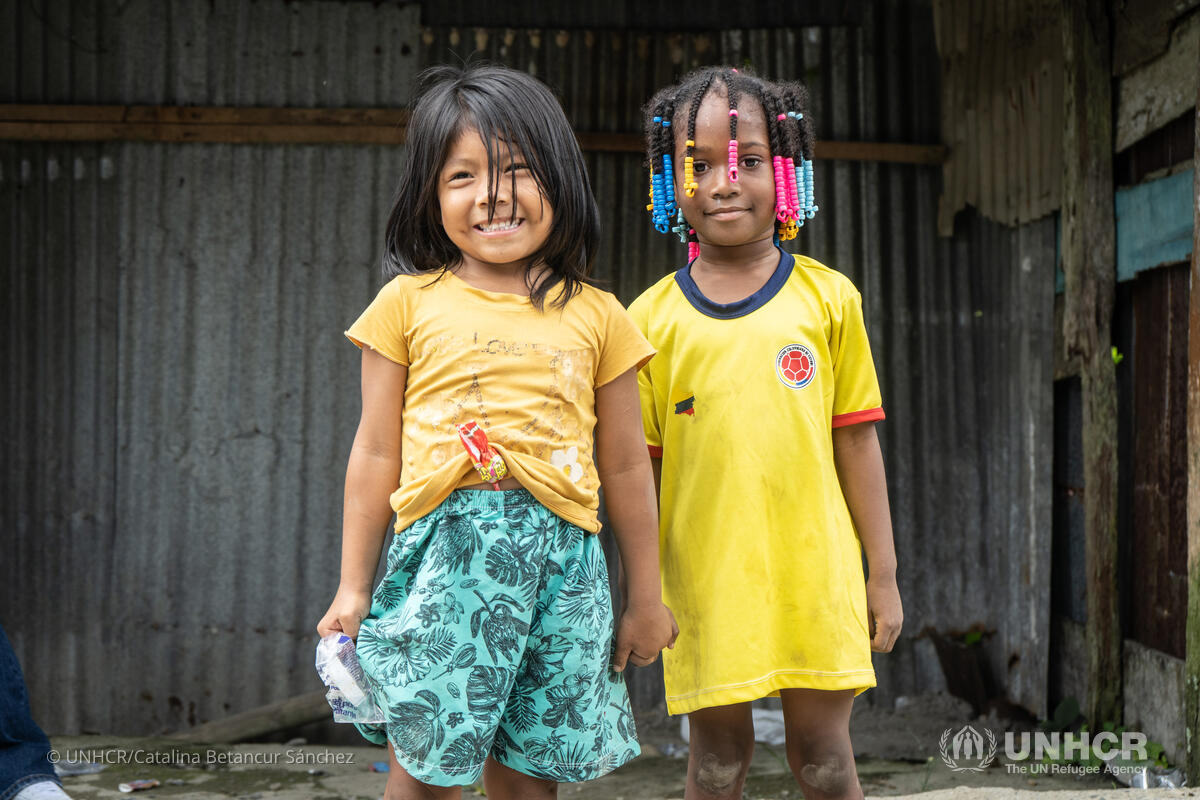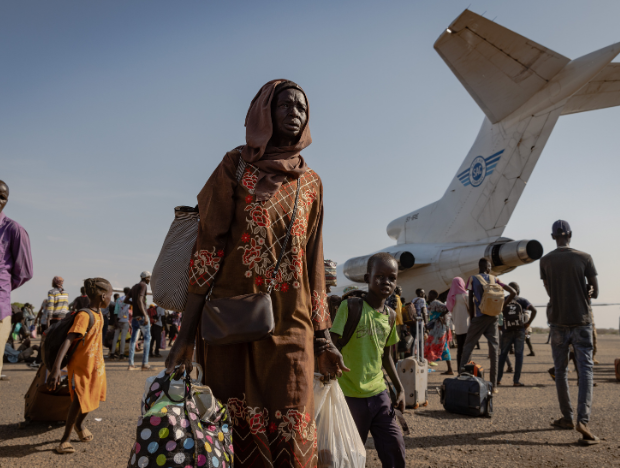Somalia Refugee Crisis Explained
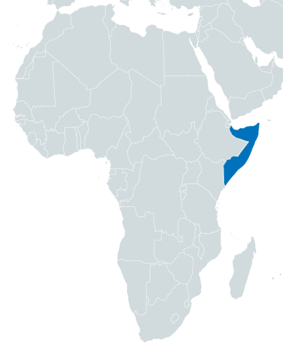
The Somali refugee crisis is one of the most challenging mass displacement situations in the world. Over the last 30 years, hundreds of thousands of people have fled Somalia due to political instability and a dangerous civil war that broke out in the 1990s.
In February 2023, clashes around the city of Laascaanood in Somalia caused increasing internal displacement, with at least 150,000 people forced to flee within Somalia, and nearly 100,000 Somali refugees fleeing to Ethiopia, arriving in remote, extremely isolated and drought-affected areas. Many of the Somalis fleeing are women, children
and vulnerable people.
Here are six facts you need to know about the Somalia refugee crisis, why people are fleeing their homes, and what UNHCR is doing to protect and support displaced people across Somalia.
FACT: 80 percent of Somali refugees are living in neighboring countries:
More than 3.8 million people are displaced in Somalia and some 6.7 million people are struggling to meet their food needs. More than half a million Somali children are severely malnourished.
Today, there are 714,390 Somali refugees and asylum seekers living in neighboring countries like Kenya (308,367), Ethiopia (276,412), Uganda (69,533) and Yemen (46,750). More than 35,600 refugees and asylum seekers live inside the country and nearly 3 million people are internally displaced across Somalia.
Despite having internal displacement and refugee crises of their own, countries like Yemen and Ethiopia have a long-standing history of welcoming refugees from Somalia.
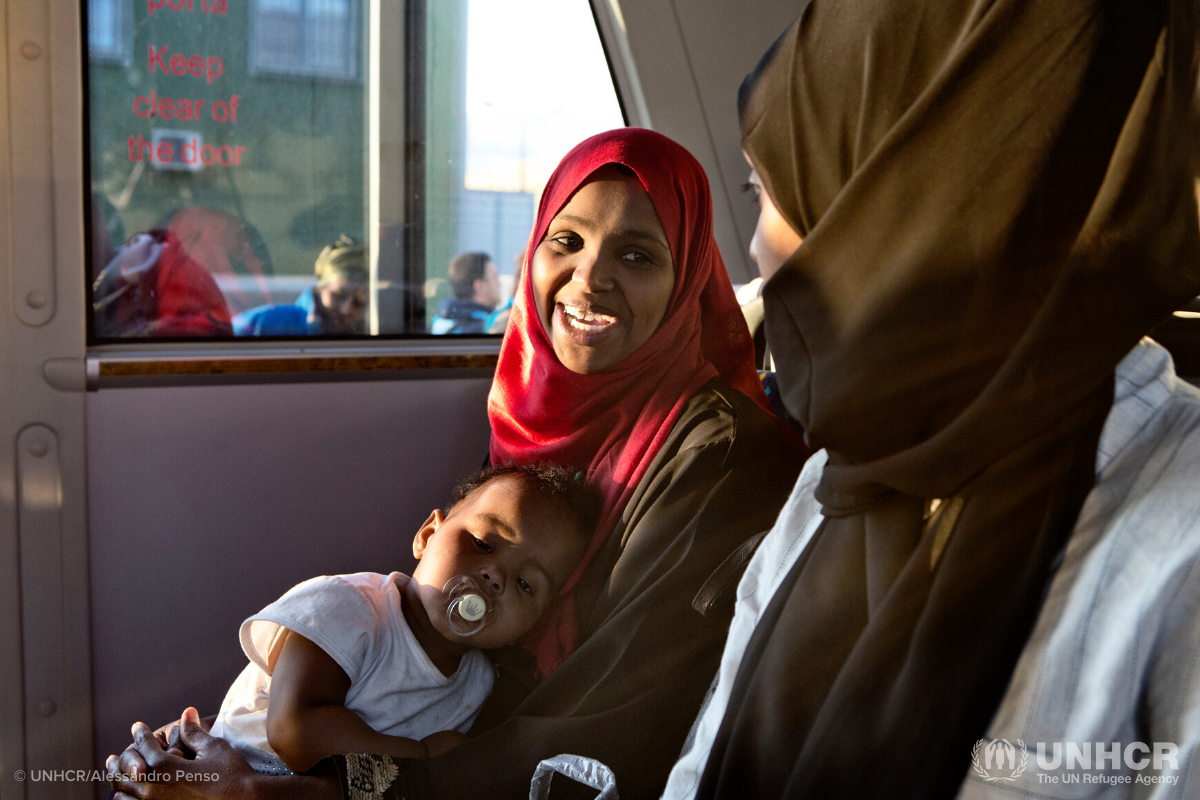
FACT: The drought in the Horn of Africa is impacting more than 20 million people—including those in Somalia.
The Horn of Africa is facing a catastrophic drought, the worst experienced in 40 years, following poor rainfall patterns and changing climatic conditions. The drought is severely affecting millions of refugees, IDPs and their host communities, primarily in Somalia, Ethiopia and Kenya. This year, more than 408,000 people were displaced by floods engulfing their villages and another 312,000 people by ravaging drought. A toxic mix of conflict, severe drought and devastating floods has forced more than 1 million people in Somalia to flee their homes in the first five months of 2023 – a record rate of displacement for the country.
With water sources drying up, livelihoods decimated and prices of food and basic goods rising due to a mix of conflict and climate shocks, there is new displacement – both internally and across borders; as well as drought-specific impacts on existing refugee camps and settlements and host communities in all three countries.
These populations are already suffering a dramatic reduction in food assistance due to funding shortfalls and the global economic crisis, which has caused increases in food and commodity prices. The cost of a food basket has risen by 36 percent in Somalia, leaving many refugees and IDP families unable to afford even basic items.
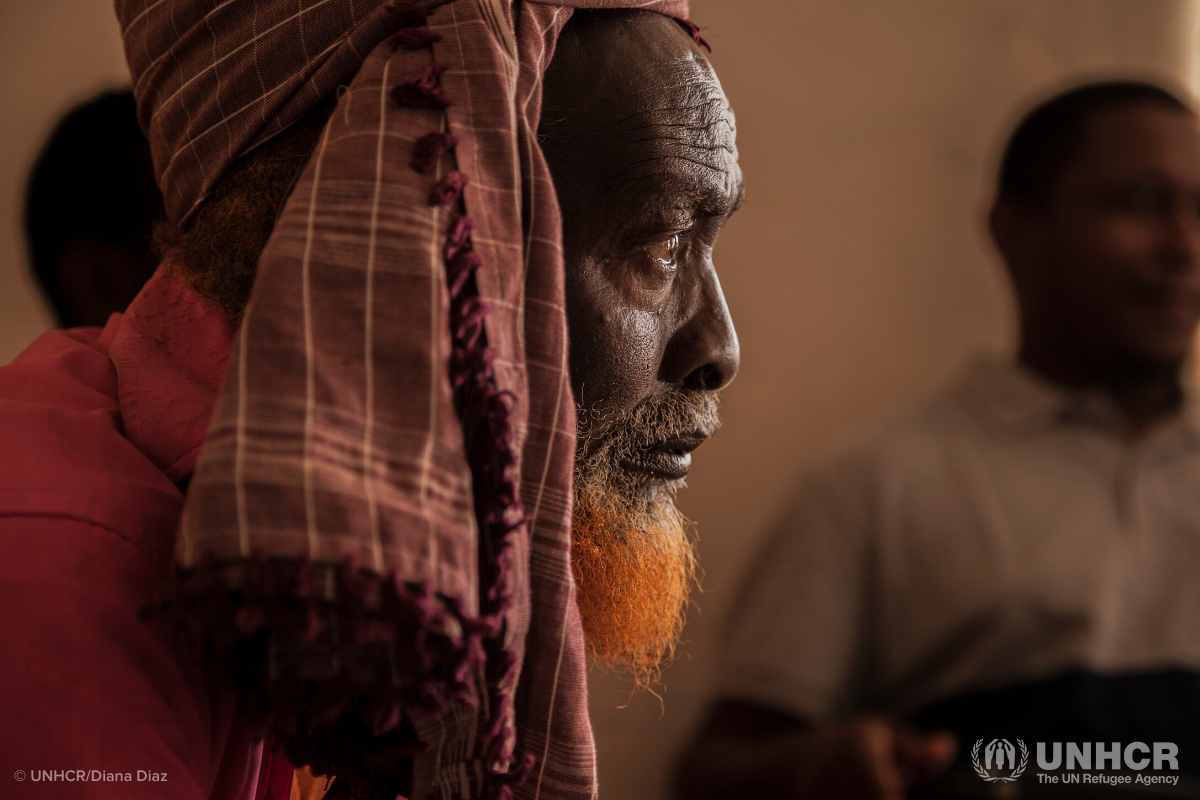
FACT: The Somali refugee crisis is a protracted refugee crisis.
Refugees from Somalia have been living in refugee camps for nearly 30 years. Many have lived most or all of their lives in these camps. This is called a protracted refugee situation. UNHCR defines a protracted refugee situation as one in which 25,000 or more refugees from the same nationality have been in exile for five consecutive years or more in a given host country. An estimated 78 percent of all refugees live in protracted refugee situations like this.
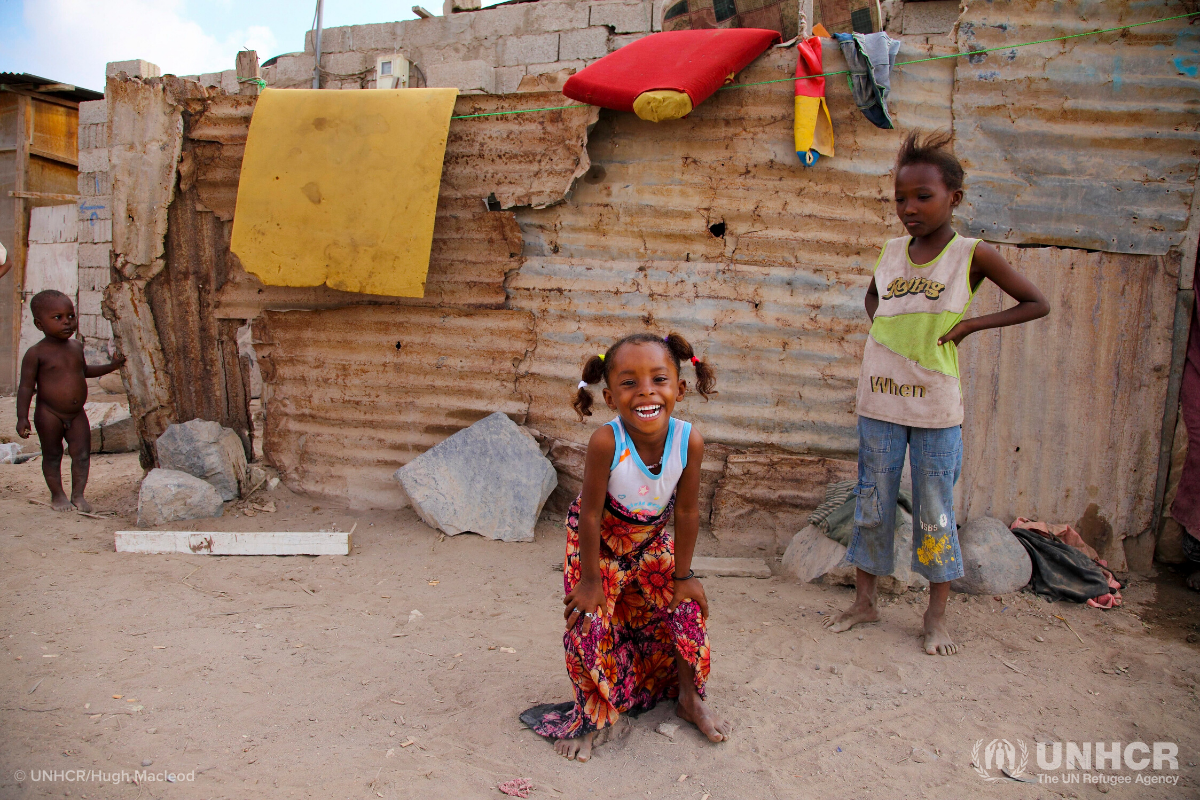
FACT: Many Somali children are born in exile.
Because Somalis have been displaced for generations, many Somali children have been born in refugee camps. These children have never known a life free from exile, but UNHCR is working to ensure they still have the brightest future possible. Somali refugee children attend school and have the opportunity to go to college. And new laws and agreements, like those established with the government of Ethiopia, are allowing Somali refugees to have livelihoods and better integrate with their local communities.
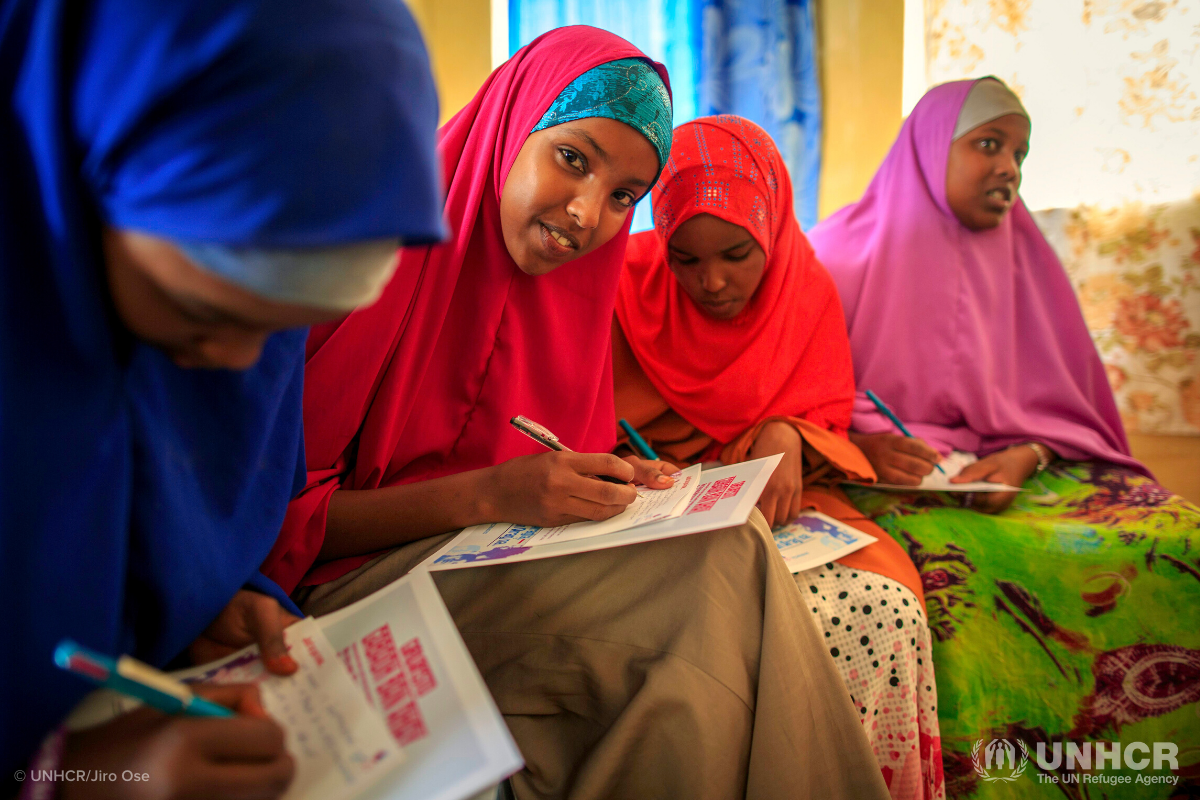
FACT: The UN Refugee Agency will stay and deliver.
As Somalia continues to face multiple challenges, including political insecurity, conflict, and climate emergencies, UNHCR, the UN Refugee Agency, is on the ground delivering lifesaving aid such as shelter, water, sanitation facilities, nutrition, healthcare, cash assistance and protection to people forced to flee their homes.
UNHCR is also ensuring that separated and unaccompanied children are provided with medical assistance, psychosocial support, counseling, and safe spaces to protect them against exploitation and forced recruitment by armed actors.
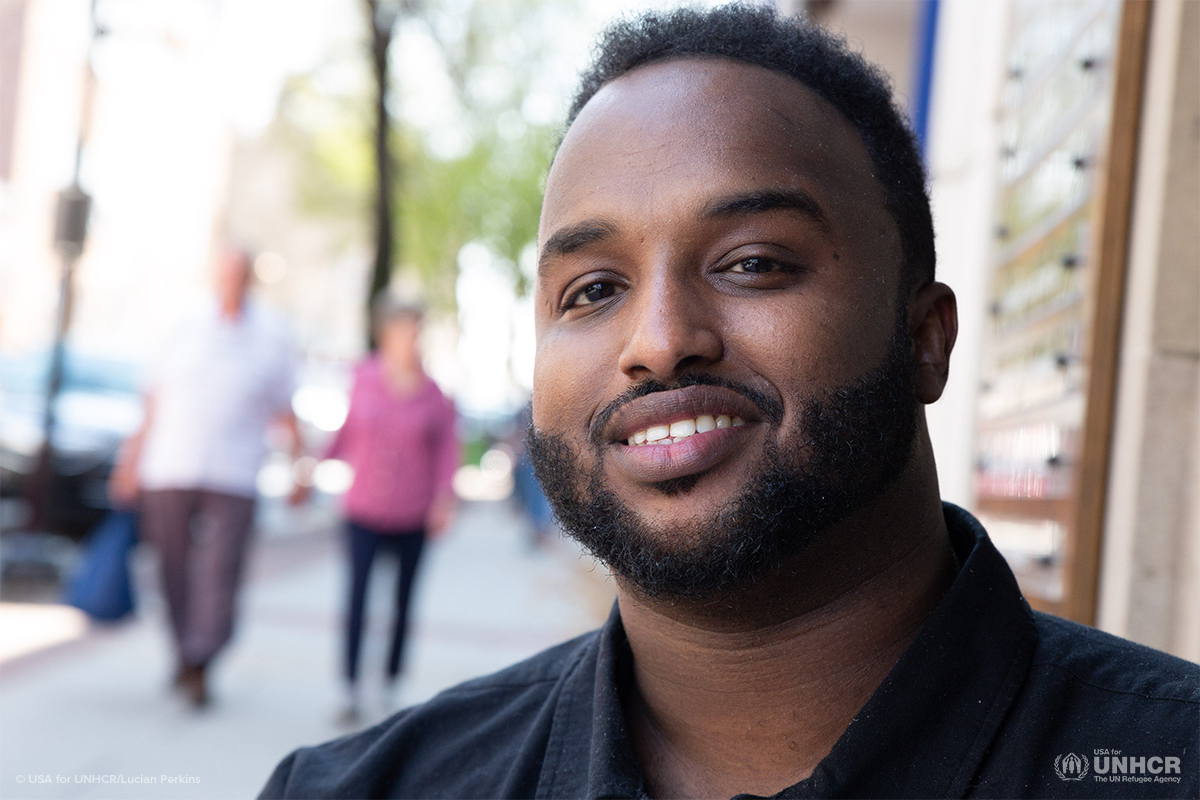
FACT: Somali refugees are changing Americans' perceptions of refugees.
Somali refugees, like Mustafa and Fatima, who have been resettled in the United States, are changing the way Americans think about refugees. Mustafa is helping break down barriers by bringing resettled refugees and their neighbors together for family dinners, where families often discover they have more in common than they thought. Fatima is a dedicated civil servant who is giving back to the community that gave her a second chance, showing that former refugees can be successful, contributing members of society.
Displaced people from Somalia need your help...
Monthly giving is the most effective way to help people living in exile and returning to their homes after years of displacement. Start making a lifesaving difference today. Please become USA for UNHCR’s newest monthly donor.
